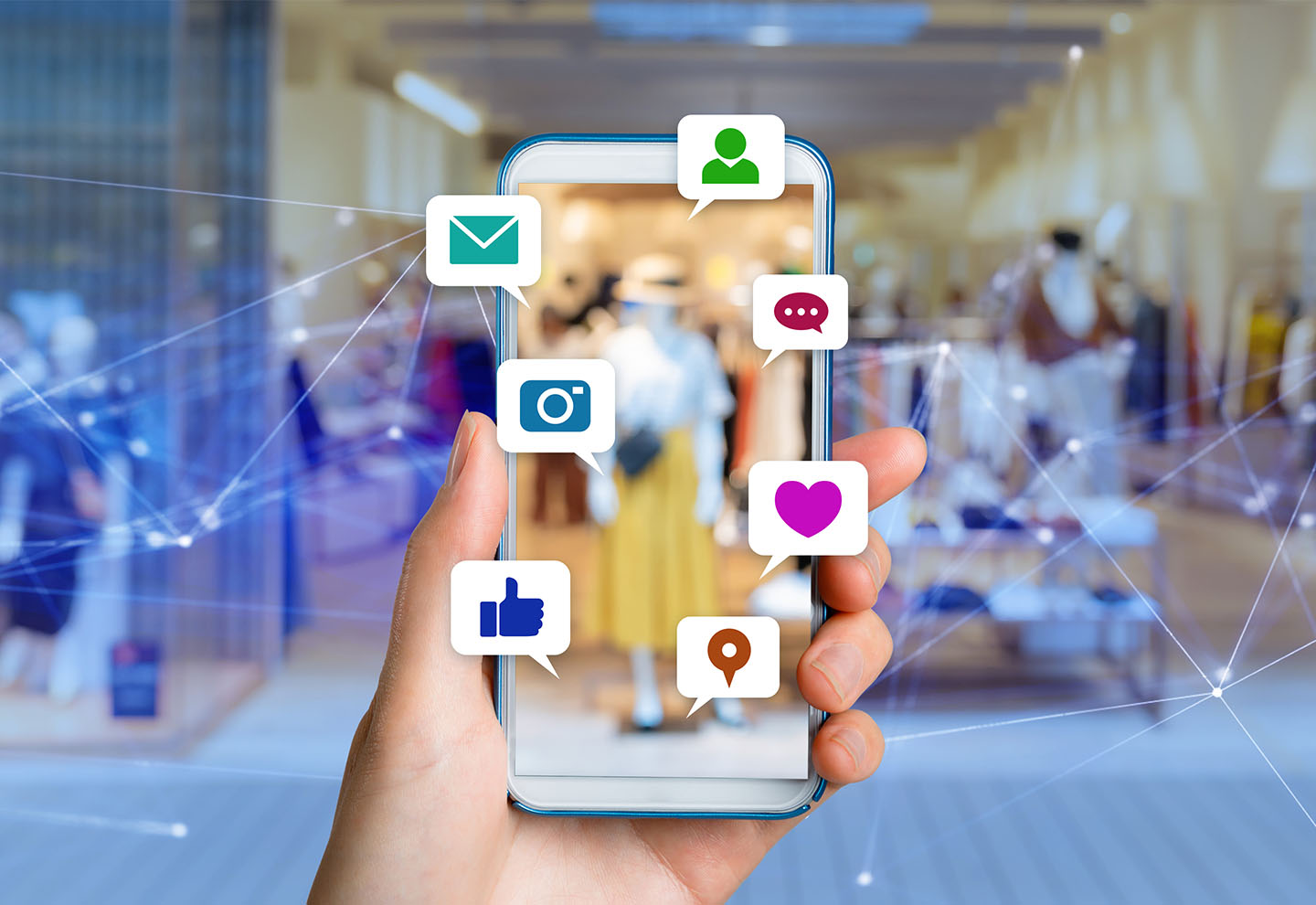
Behavioral economics in the digital world
The field of behavioral economics received increased attention from both media and marketers when US academic Richard Thaler won the Nobel Prize in economics in 2017 for incorporating psychological assumptions into analyses of economic decision-making.
Cognitive biases have been used in marketing for a long time – often unknowingly. As engagement with customers increasingly moves online, cognitive biases offer new opportunities for marketers. There are many cognitive biases, and below we have selected four to discuss how they are being, or could be, used with great effect online.
1: Decision paralysis
Is more choice always an advantage? It might not be: researchers have found that when faced with too many options, we are unable to evaluate them all, and, overwhelmed by choice, we might choose not to choose. With this in mind, it is not surprising that Tesco, UK biggest retailer, recently decided to remove about one third of the 90’000 products available in its shelves, in reaction to the increasing market shares of discounters offering 2000 to 3000 products.
E-retailers have an advantage over brick and mortar supermarkets: instead of reducing the number of products they offer, they can help the shopper overcome decision paralysis by making the search for the right product as easy as possible. To help its customer find the right accommodation, Airbnb offers a wide range of filters – according to the price, number of beds, amenities offered, etc. – thus helping their customers sort through hundreds of apartments.
2: Scarcity principle
People are motivated by shortage: the rarer or more difficult a product or an offer is to obtain, the more valuable it becomes in consumers’ eyes.
In bricks and mortar stores, where stock can be visible, it is easier to demonstrate shortage. Yet, online retailers have been creative in how they tap into this bias by communicating scarcity with real time numbers, such as limited quantities or a narrow window of time. Booking.com shows the number of hotel rooms left at a certain price, while Zalando Lounge – a clothing outlet – limits the validity of items in the basket to 20 minutes, after which the items are removed.
3: Endowment effect
The endowment effect occurs when we overvalue something that we own and become relatively reluctant to part with it. People are often willing to pay more to keep something they feel they already own, while new customers will be less inclined to pay the same price.
The endowment effect is a cornerstone of new business models, such as Stitch Fix, an online styling service. Based on a detailed customer style profile, the start-up mails a selection of clothing, shoes and accessories. The customer can try on the items at home, keep what he likes and send back the rest. This is where the endowment effect kicks in: once the customer has received and tried the items, he feels a sense of attachment and will be more likely to keep them.
4: Decoy effect
The decoy effect is a phenomenon whereby consumers will tend to have a change in preference between two options when presented with a third option that is less desirable. Therefore, by presenting customers with additional choices, marketers can guide customers toward the option they want them to take.
UPC, a Swiss internet provider, added a third option to its choice of internet packages. Once the decoy “Happy home 50”, with 50 Mbit/s for CHF 99.- per month was introduced, the more expensive of two other initial options (happy home 500 Mbit for CHF 99.- and happy home 200 Mbit for CHF 79.‑) looked much more interesting.
Good or Bad?
As with any other marketing tool, there is a fine line between using behavioral economics to improve customer’s experience, and using it to manipulate consumers. Indeed, the way marketers use cognitive biases does not always lead to added value for the customer. One example of how not to apply behavioral economics comes from Uber. The car sharing company has been using behavioral economics to influence its drivers’ behavior, inducing them to work longer hours, sometimes at hours or locations that were less lucrative for them.
To help marketers and policy makers remain on an ethical path, Thaler has identified 3 principles that should guide marketers or policy makers when applying cognitive biases[i]:
– transparence: nudges should never be misleading
– ease to opt out: the customer should be able to easily opt out of an option
– benefit: the measure should aim at improving the welfare of those being nudged.
If marketers follow these principles, there is a great opportunity to apply behavioral economics in online retail to create real win-win situations and better customer experiences.
John W. Walsh is Professor of Marketing at IMD
Valérie Keller-Birrer is a research consultant
Research Information & Knowledge Hub for additional information on IMD publications

The average Chief Digital Officer tenure is short. Learn how to design the CDO role for success by aligning priorities, governance, and leadership from the start.
This case series explores what companies can learn from luxury brands without becoming luxury brands themselves. The video B case features interviews with three Vanzetti Engineering executives: the marketing director, the CEO and owner and the chi...
Survey after survey shows that executives think their business is in danger of being commoditized. This means their company is not able to differentiate sufficiently to command higher market prices and profits. Luxury brands, by contrast, are the ...
Listen to the critics and you would think Europe was finished. Too bureaucratic, they say. Cannot agree on migration. Moving at glacial pace while Silicon Valley races ahead. It has become such a tired narrative that we have almost started believi...
The debate surrounding Chinese industrial policy has become a defining feature of the debate about trade policy. Trading partners routinely criticise China’s subsidies, raising concerns about cross-border spillover effects, price suppression, the ...
Research Information & Knowledge Hub for additional information on IMD publications
Research Information & Knowledge Hub for additional information on IMD publications
Research Information & Knowledge Hub for additional information on IMD publications
Research Information & Knowledge Hub for additional information on IMD publications
in I by IMD Brain Circuits 8 October 2025
Research Information & Knowledge Hub for additional information on IMD publications
Research Information & Knowledge Hub for additional information on IMD publications
Research Information & Knowledge Hub for additional information on IMD publications
Research Information & Knowledge Hub for additional information on IMD publications
in I by IMD
Research Information & Knowledge Hub for additional information on IMD publications
Research Information & Knowledge Hub for additional information on IMD publications







